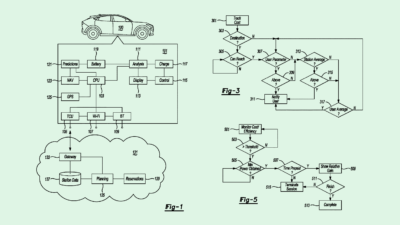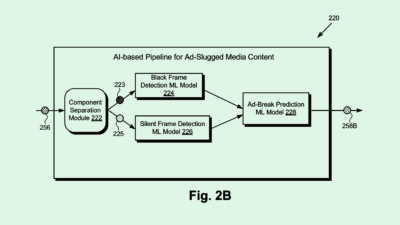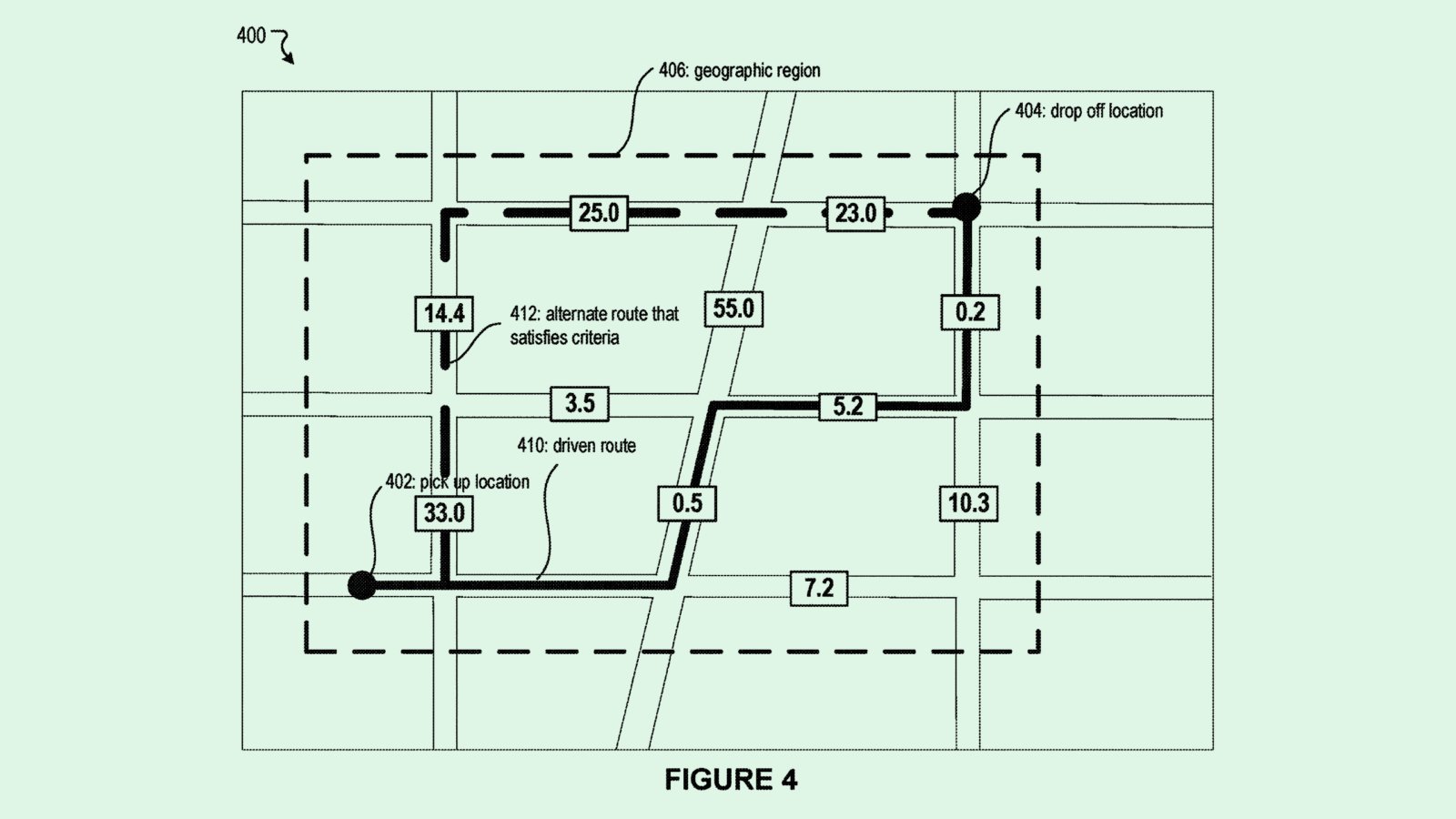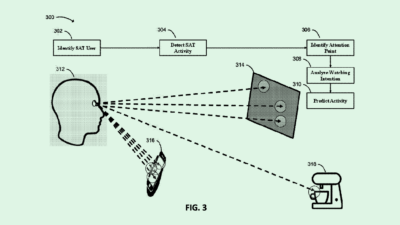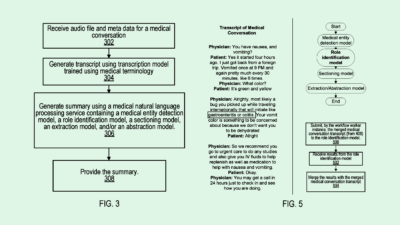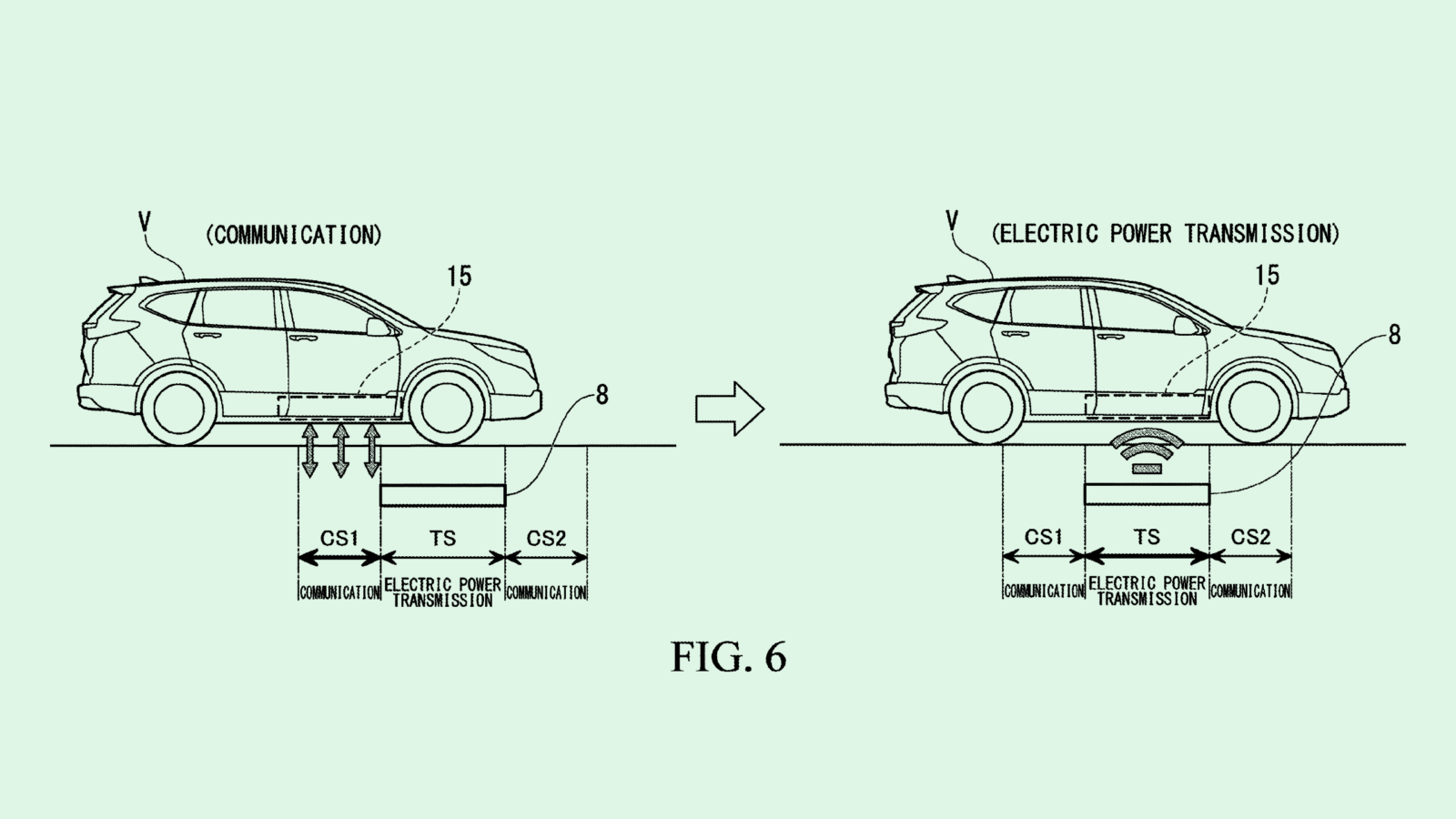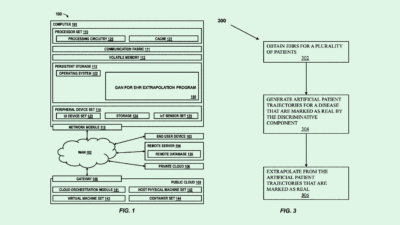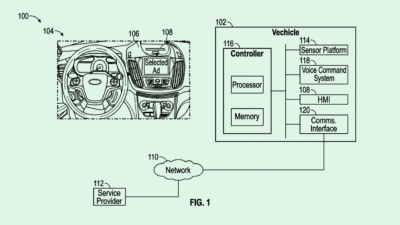Ford’s Biometric Car Key
Ford wants to make unlocking your car a hands-free experience.
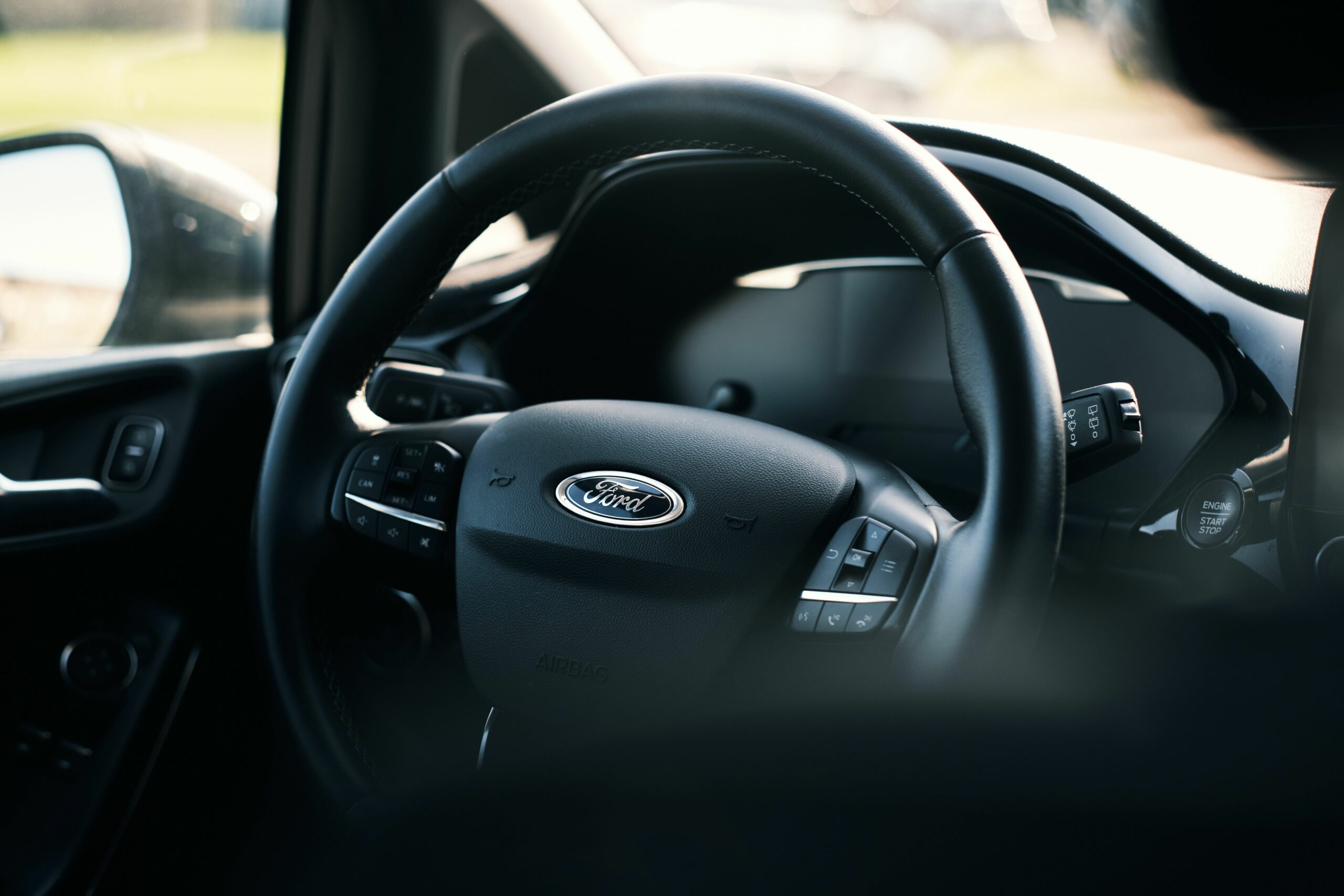
Sign up to uncover the latest in emerging technology.
The days of digging through your purse, backpack or pockets to find your car keys may soon be over: Ford wants to make your car a keyless experience.
The company is seeking to patent a method for “enhanced biometric authorization.” Ford’s filing notes two ways that it may authorize a user to access a car without a key: from outside of the car and from within it. From the outside, this system may determine a user is authorized to access a vehicle as they walk up to it, unlocking the doors automatically. Once inside, the system uses cameras and sensors to perform facial recognition to determine if the vehicle can accept the user’s commands to operate it.
The automaker’s system also updates a user’s biometric print if a “trigger,” or the “presence of a variable characteristic,” is seen in a user. Ford said that this is because “biometric data for the user can change over time, e.g., due to weight gain or loss, age, hair growth or loss, etc., which can reduce the accuracy of biometric authorization for the user.”
Ford noted that these updates happen in “real-time or near real-time” and “without input from the user,” allowing the system to “maintain user data that corresponds to current user biometric data, which can reduce the likelihood that an authorized user will fail biometric authorization, or an unauthorized user will pass biometric authorization.”
While Ford used vehicles as its example throughout the patent, the company noted that this system can be applied to other structures, including buildings, garages, and gated areas.

This isn’t the first time Ford has taken an interest in faces: The company filed a patent for a “vehicle vision system” with a similar concept in mid-2020. Ford also isn’t the first car manufacturer to show an interest in replacing physical car keys with biometrics. Hyundai debuted a fingerprint-activated vehicle back in 2018 that could unlock and start using touch ID, and Mercedes introduced fingerprint ID vehicles in 2022.
Adding facial recognition to the mix is the “natural evolution of biometrics and automobiles,” Aubrey Turner, executive advisor at security firm Ping Identity, told me. Plus, the use cases for biometrics stretch beyond just security, he said, with biometric user profiles having the capability to make things like payments or vehicle settings more convenient.
“Biometrics have a natural way of removing friction, whether it be for the security of the vehicle itself, or the usability of the vehicle,” said Turner.
While biometrics can provide more security, automakers have to consider a number of factors before taking this route, said Turner. Because this type of data is highly sensitive, storing it safely should be of high priority, he said, whether it be through a cloud service or in the vehicle’s computer system itself. “Thieves have evolved as the anti-theft measures have evolved,” he said.
Another consideration is the accuracy and reliability of those biometrics, Turner added. Specifically for facial recognition, making sure that biometric sensors are accurate for people of “all skin tones, shades and looks” is key if these companies want to make this kind of security a widespread reality, said Turner.
And of course, these companies should be prepared to mess up and right their wrongs before they grow more pronounced. “Mistakes will be made,” Turner said. “It’s just inevitable that somebody’s going to implement something badly.”
Have any comments, tips or suggestions? Drop us a line! Email at admin@patentdrop.xyz or shoot us a DM on Twitter @patentdrop. If you want to get Patent Drop in your inbox, click here to subscribe.

